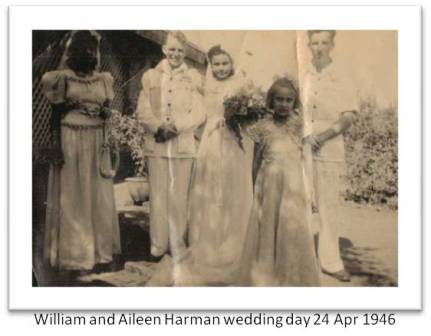

UP
D'Cunha and Amor families
D'Cunha Line
Before I proceed with the family story some readers may wonder about the term Anglo Indian and how come our ancestors were termed as Anglo Indians and especially with surnames of 'Amor and D'Chuna' which sound more Portuguese than Indian and how our British link developed.
Below is an Extracts taken from Encyclopedia Britannica's which may give you some idea about the Anglo-Indian and how the surname of Amor and D'Cunha may have come about.
The Anglo-Indian community in India is mostly urban and Christian and traces its origin to the earliest contact between Europe and India, ultimately to 1498, when Portuguese navigator Vasco da Gama landed at Calicut (now Kozhikode) on the Malabar Coast of south-western India. During the subsequent settlement and administration of the surrounding area by the Portuguese, Governor Alfonso de Albuquerque, who conquered the city of Goa in 1510, encouraged his countrymen to marry Indian women to help establish Portuguese authority. The offspring of those marriages were known as Luso-Indians. As the Portuguese gradually abandoned their Indian possessions or otherwise lost dominance in the region, Luso-Indians merged with the local Indian population. For the most part, the descendants of these Luso-Indians are known today as Goans, and they are concentrated in the state of Goa, in Mumbai, and along India's western coast. Especially in the larger cities, such as Mumbai, Madras (now Chennai), and Calcutta (now Kolkata), the Goans and other Luso-Indians retained much of their European cultural heritage and amalgamated with the local community of mixed British and Indian descent, those for whom the Anglo-Indian ethnic category would ultimately be named.
https://www.britannica.com/topic/Anglo-IndianPortugal controlled trading in Goa and most of the south western states of India, the British Empire controlled most of the northern states trading activities. There was an Indian government but they were controlled by the Maharajas. Around the mid 1700 a delegation of Indian civil servants from the Maharashtra district went to Goa to recruit Portuguese Goan army to fight and get rid of the tyrant Maharajas controlling the Maharashtra district. A twenty thousand strong army was recruited and a battle was won by the Goa army. As a reward for the army's success they were offered to stay in the district and were given land to build their own properties.
Most of the army did stay and built for their community what is now known as the Catholic City Church in Poona burial within the church ground were only for Goan people and dependants. Most of the Goans were employed as civil servants, The British negotiated with the Indian government to set up an army garrison in Kirkee and the Goans took the opportunity of getting employment with the British army. Very soon the British soldiers were dating and marrying the young ladies of the Goan and Anglo Indian community.
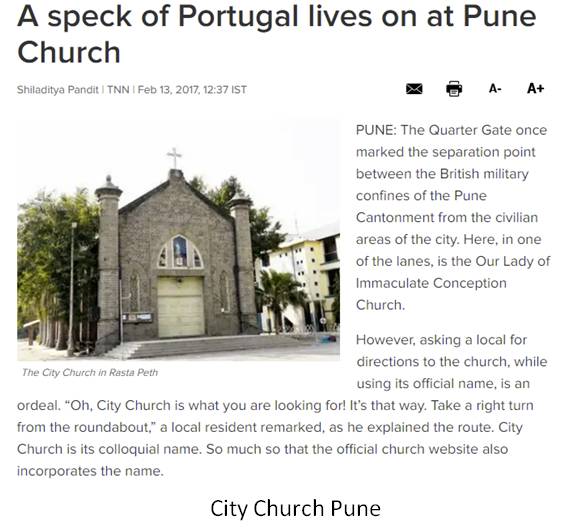
My auntie Estella Hoyle nee D'Cunha, insisted that our heritage was from Portugal and firmly believed that Amor an D'Cunha decedents came from Portugal. I'm not saying she is wrong but there may be other options to be considered. One is there is no proof about our heritage before Anthony Amor and his wife Esperance and Cevelino D'Chunha and his wife Sarah Elizabeth as they were all born in India and I have not been able to research records beyond them. I'm sure their may be research files in the capital city of Goa and some day a relative may get the answers?
I have read that the Catholic Priest in India were prominently from Goa and had to be able to speak in Hindi, English and Portuguese, when the priest christened Indians to the Christianity religion, he would give the converts a Christian forename and the last name taken from the priest surname an example if the priest last name was Da'Susa, D'Garma, Adie, Drummond ect the convert would take the name of the priest, hence the Christian populations in the main cities had Portuguese surnames, Spanish and English sounding names
I have one problem with taking that assumption with this Amor and D'Cunha families, because Peter Pascal Amor a family relative was one of the top construction Engineer in the country he must have come from a well positioned family in life to get the education to get to a high employment position in the 1860s.
Peter Pascal brother Martin Thomas Amor a Superintendent of Engineering in the Collage of Science, Pune, then there is Cevelino D'Cunha.
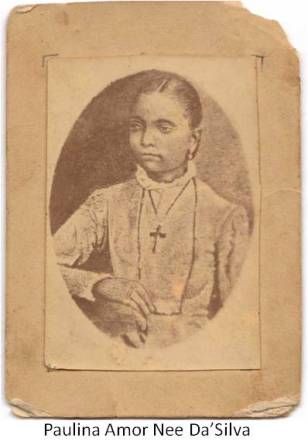
Tomb Stones in the aisles of the City Church Pune
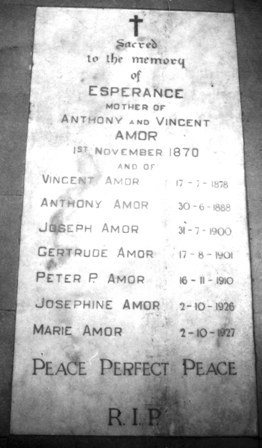
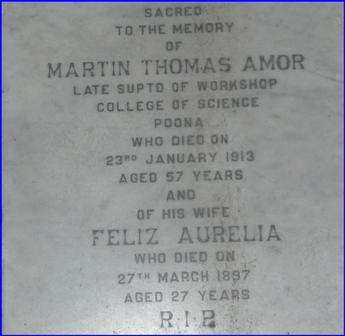
Great Grandfather Cevelino D'cunha was a Station Master first in Lonavla and later on in Kirkee, he was married Sarah Elizabeth Amor, when Cevelino retired they moved from the Station Masters house to a large bungalow in Elephanstan Road Kirkee.
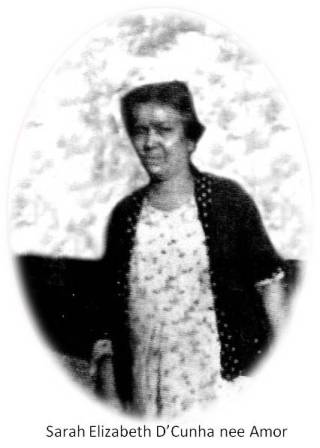
Cevelino D'cunha and Sarah Elizabeth children were Alfred, Frank, Rose, Estella, Doris, Vernon, Henrietta, Gracie, Marie Teresa, Norman and Mary.
Alfred and Anna
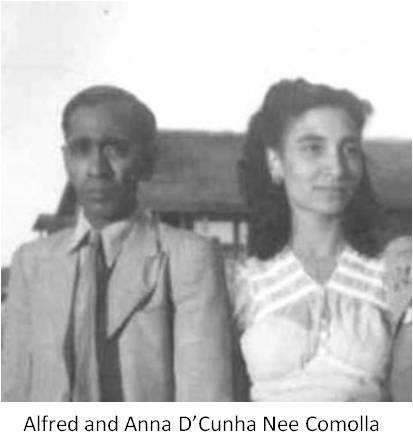
The Garrett Family
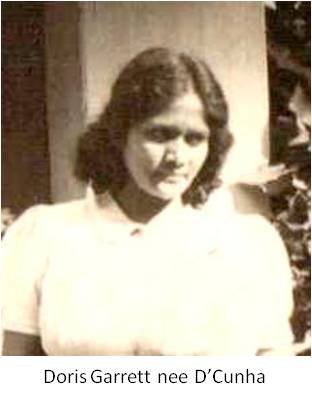
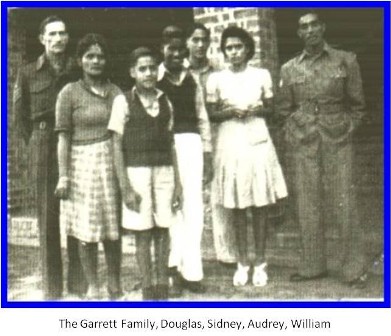
The Olivers
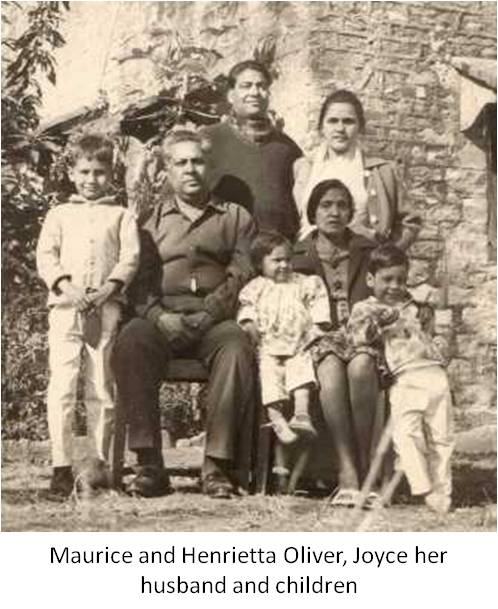
Norman George was born a D'Cunha, however he was baptised with the Stevens surname.
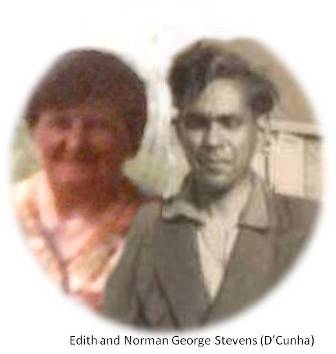
Danny Hoyle and his wife Estella
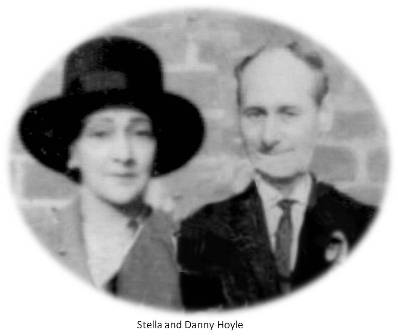
The Watts Family
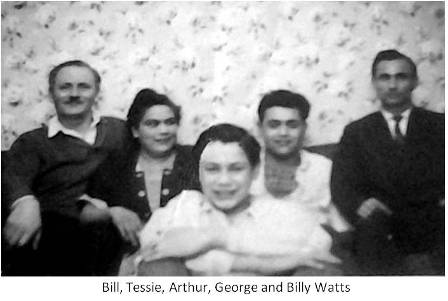
The Amor Family
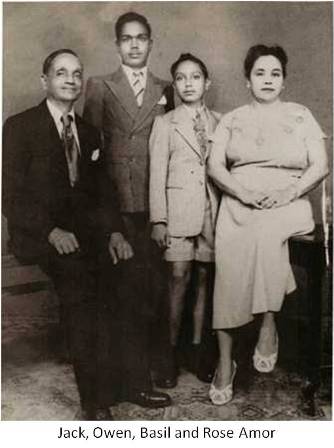
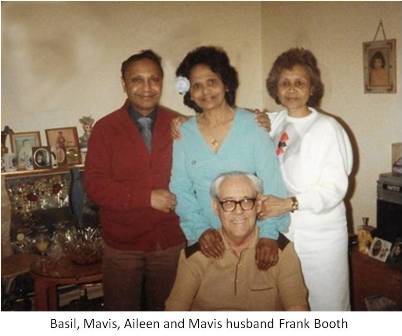
1911 the King of England George V visited India and one of the places was the Army Garrison in Kirkee arriving by train at the Kirkee railway station.
Cevelino was preparing the station on the day the King was to arrive and had notification that one of the carriages at the station had been loaded with explosive by insurgents that were fighting for India's independence.
In order for the King not to have any disruption to the visit to Kirkee, Cevelino ensured the area was vacated and alone hitched up the carriage to a train then drove it to a siding well away from the station and helped the army to defuse the explosive in the carriages.
The King was told about his bravery and how the Station Master saved the day. He was thanked for his bravery and rewarded for his family to join the Royal cortege on the short trip to Poona.
Well can you imagine the excitement there was in the family, mind you Stella was only about 3 years old at the time, but she made sure everyone new about her encounter with the King of England for many a year.
From then on it became a regular thing for the girls to hire a horse and carriage to go shopping. The family loved betting on the horses and were often seen at the Poona race course.
Cevelino reach retirement and bought a very nice bungalow in Elepantstan road in Kirkee, the girls were now in their twenties and looking towards getting married. Stella married Edgar Barnham in 1923 and had 4 children, Edgar Barnham died and Stella married an English Soldier Donald Hoyle 1n 1943 and had 3 more children. Danny was in the army and came from Birmingham after the war it was normal for Danny and his family to go to Birmingham.
Doris Married Harold Charles Mayers on 20 Nov 1923 they had four children Douglas, Sidney, Audry, and William, Im not sure what happened to Harold Myers but Doris married her second husband Harold Garrett on the 15 May 1931, they had two children Eric and Doreen after the war they settled in Hampshire,
John Merry married Tessie 1934 he claimed he was in the Army it was a lie he was really in the Merchant Navy and had jumped ship. Tessie was unaware of her husband's deceit. Her first child was George born 1934, Beulah 1937, Tessie was pregnant with her third child, John Merry went missing and was not seen again
John Merry managed to get back to England and in 1939 bigamously Married Edith Patterson in Tynemouth. On the 20 Mar 1943 John Merry a Chief Cook in the Merchant Navy tragically drowned when his ship was torpedoed of the coast of India.
Tessie was unaware of what happened to her husband John Merry, she married Arthur William Watts 31 Jan 1940, Arthur Watts born 4 Feb 1941, whilst Tessie husband was away with the army Tessie and Johnny Rice had an affair and Joyce was born in 1942, Tessie sister Henrietta agreed to adopt Joyce. Tessie patched up her marriage with her husband and in 1944 Billy Watts was born.
Henrietta married Anglo Indian Maurice Oliver, they were unable to have children and happy they adopted Joyce Rice.
Anglo Indian Jack Amor was employed as a clerk for the Great Indian Railways. During WW1 he volunteered to join the Mesopotamian Expeditionary Force in Bagdad and serve for 17 and half months as a civilian clerical officer. Jack was promised to marry an Anglo Indian girl from the Pereira family but he fell in love with Rose D'Cunha, There was some discussion about the situation and permission was sort from the Bishop to see if they could marry as they were second cousins, there was no problems and permission was granted their children Mavis Phyllis Mary 24 Apr 1925, Aileen Elizabeth 22 Feb 1927, Owen William 8 Jan 1931 and Basil 11 Sep 1937.
The D'Cunha family were very close Marie Teresa Watts was the life and sole of the family and as she was married to a Warrant Officer Bill Watts, she acted as the MATRIARCH of the families. She got her brothers married off and was in a great position to get suitable young single soldiers and introduce them to her young Anglo Indian cousins.
My mother Mavis Amor at the age of 16 years old married Francis (Frank) Booth 22 years old on the 16 Feb 1942 in the Ignatius Church Kirkee, Frank a serving soldier with the Border Regiment was stationed in India during WW2 at the garrison town of Kirkee close to the city of Poona now known as Pune, Frank was introduced to Mavis at a party organised by aunty Tess Watts
Mavis Amor and Frank Booth Wedding Day
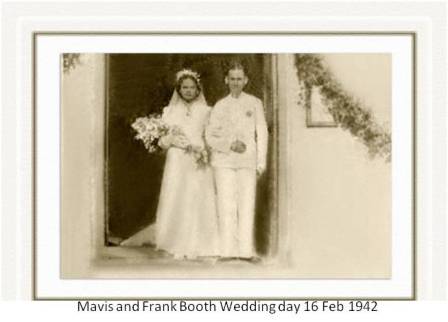
A few years late Mavis sister Aileen Elizabeth Amor married a soldier Scotsman William Karl Harman in Igatpuri on the 24 April 1946.
Aileen Amor and William Harman Wedding day
